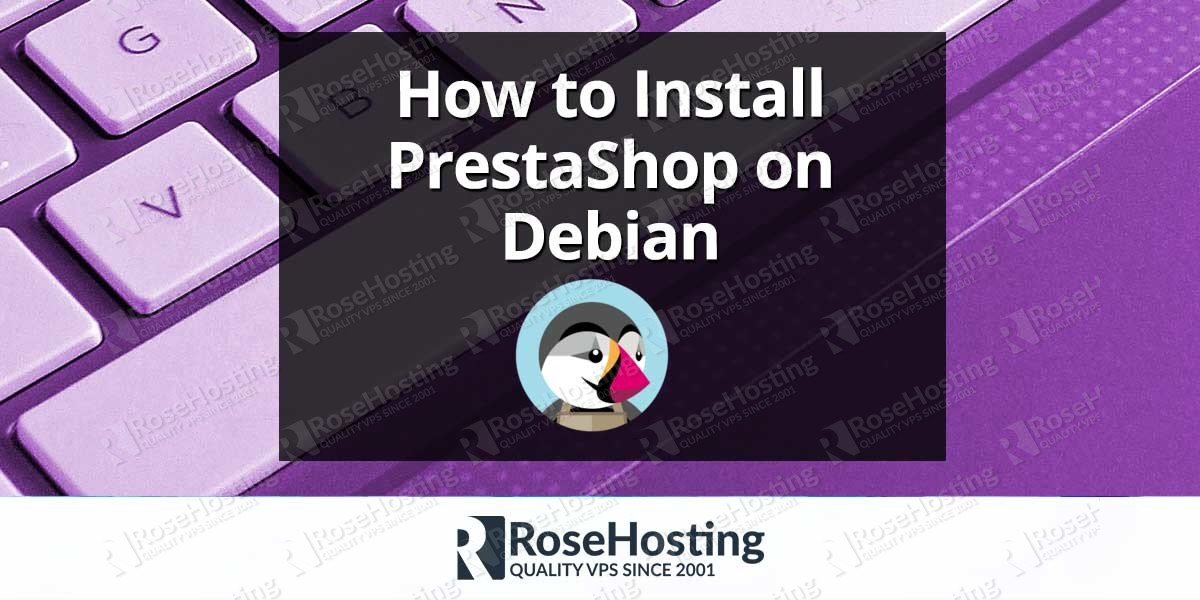In this post we’ll show you how to install PrestaShop on Debian, with PHP-FPM and Nginx. PrestaShop is an open-source eCommerce solution, committed to providing the best online shopping experience for both consumers and merchants. PrestaShop comes with many features such as Catalog Management, Product Displays, Site Management, Search Engine Optimization, Multi-store management, Analytics & Reporting and many more. Installing PrestaShop on Debian, is easy task if you carefully follow the steps below.
 Jeff Wilson
Jeff Wilson
Install ClamAV on CentOS 6 with DirectAdmin
Status: This OS is no longer supported
This article, “Install ClamAV on a CentOS 6 VPS with DirectAdmin,” covers a version of CentOS that reached end of life (EOL). As it is no longer supported. We will no longer maintain this guide. If you are currently operating a server running CentOS 6, we highly recommend contacting RoseHosting’s fully managed support. They can upgrade or migrate you to a supported version of AlmaLinux.
Install Selfoss on Debian Wheezy
In this article we will show you how to install Selfoss on a Debian Wheezy VPS with PHP-FPM, Nginx and MySQL. Selfoss is a new multipurpose rss reader, live stream, mashup and aggregation web application. It is written in PHP and uses either SQLite, MySQL or PostgreSQL as a database. Selfoss is a project of Tobias Zeising and is licensed under GPL v3.
How to Install Plone 4 CMS on Debian Wheezy with Nginx

How to Install and Integrate DKIM With OpenDKIM and Postfix on CentOS 6 VPS
Status: This OS is no longer supported
This article, “How to Install and Integrate DKIM With OpenDKIM and Postfix on CentOS 6 VPS,” covers a version of CentOS that reached end of life (EOL). It is no longer supported. As such, this guide is no longer maintained. If you are currently operating a server running CentOS 6, we highly recommend contacting RoseHosting’s fully managed support. They can upgrade or migrate you to a supported version of AlmaLinux.
How to install MyBB on a LEMP (Linux + Nginx + MySQL + PHP-FPM) VPS

This article assumes that Nginx is already set up and running with PHP 5.1 or newer via FastCGI. Also, MyBB forum requires a database for data storage, so you need to have MySQL, PostgreSQL, or SQLite installed and running on your VPS.
How to Install MediaWiki on Debian
We’ll show you, How to install MediaWiki on Debian. MediaWiki is an open source PHP-based software application developed by the Wikimedia Foundation. MediaWiki requires Apache web server, PHP 5 and a database server (MySQL, PostgreSQL, or SQLite) installed and running on the server. This is a short tutorial on how to install MediaWiki on a virtual server with Debian Wheezy.
How to install the latest versions of node.js and Bower on Ubuntu 13.10



